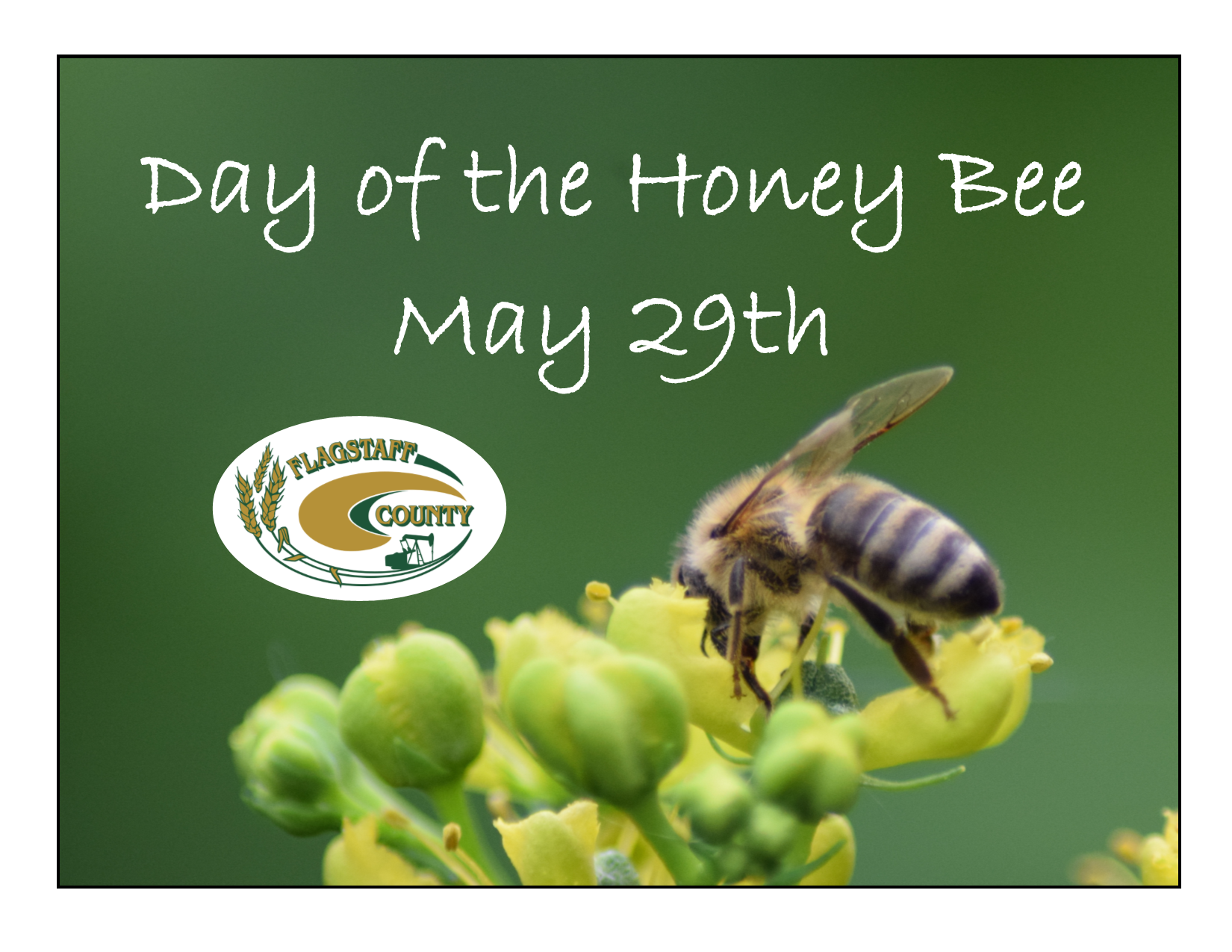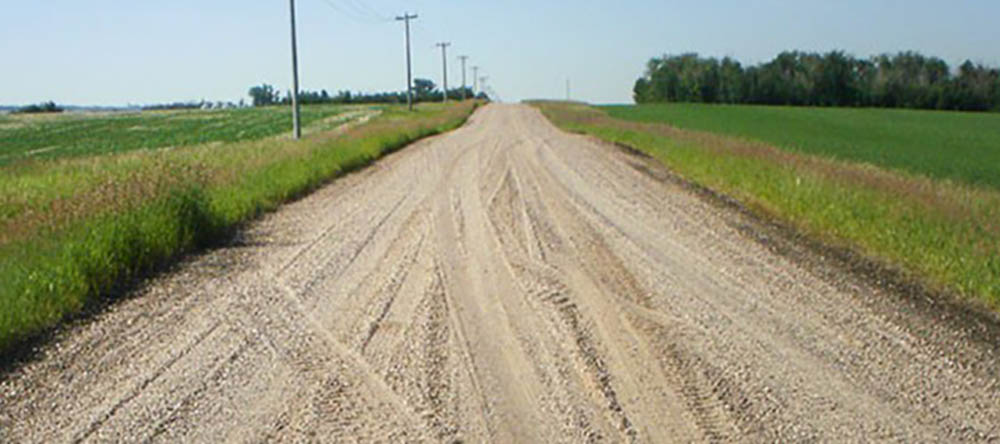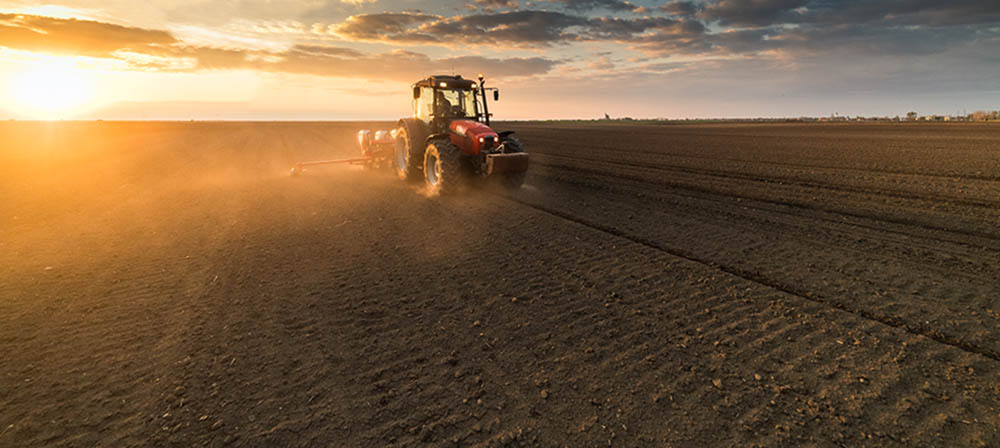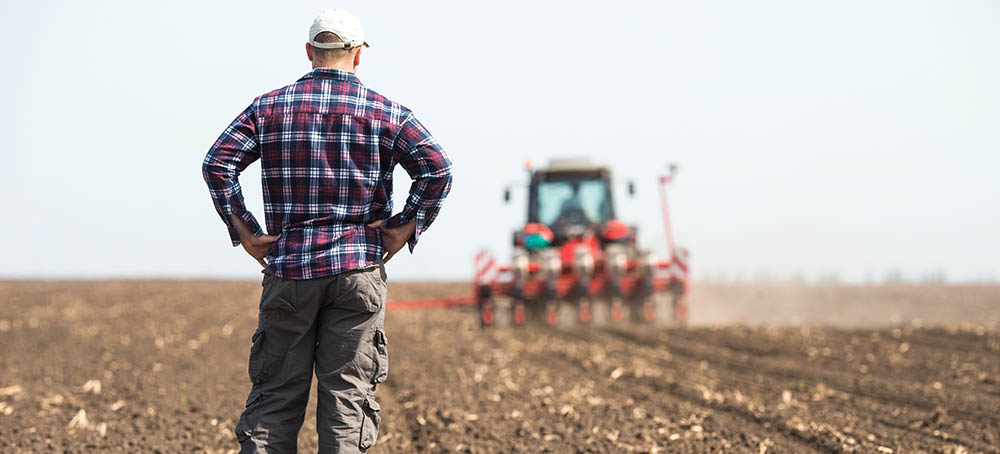
By Harry Brook
Farming is a very stressful occupation and is one of the few businesses where you have no control over the biggest factor determining success. Weather. You can do everything right, according to the book, yet, if the weather doesn’t cooperate, as it didn’t this year with moisture, the crop can be a failure. The blow was softened a bit this year by the remarkable run up in prices. However, it does not change the extreme stress related to farming and the financial burden required to fund putting a crop in and taking it off.
Farming is often a solitary occupation, where the producer will work alone for long periods. When you add the extra stress of uncertain crop yields and markets, as well as the huge financial investment in the crop, it can feel overwhelming at times. Despite what it might feel like, producers are not alone in this.
There are a number of resources out there that specifically address the problems that farmers have to face. One resource is the Do More Agriculture Foundation. On their website, The Do More Agriculture Foundation (domore.ag), they have compiled a list of resources to help producers who need some help or just need to talk to someone. Being the strong, silent type is not necessarily healthy for your mental state of mind.
The Agricultural Research and Extension Council of Alberta has recognized this is a problem and is also working on an Alberta Farm Mental Health Network. They are trying to identify and fill gaps in support, connecting people, projects and programs, as well as providing feedback to government and funders. They are trying to improve the collaboration and coordination of different groups.
How does stress affect you or how do you know if stress is causing problems? Are you withdrawing, not wanting to eat, constantly worrying? Included in the list are not sleeping well, being stuck thinking about the same thing constantly, and not being able to enjoy other things in life. People who are not usually irritable might be short-tempered. Unwilling to socialize and become withdrawn are signs.
Probably the biggest barrier to getting help is the stigma that is perceived in rural areas. It is hard to be anonymous in rural areas where everyone knows everyone else. Luckily, the issue of looking after mental health is becoming recognized as important rurally as well as in urban areas.
Physical exercise often helps with mood and relieve anxiety and it can provide a distraction from worries. Talking to someone can help as a burden shared is a burden halved. Socializing can be a good way to relieve stress.
Mental health covers so much more than just your mood. It affects a person physically as well as your thinking processes. Hopefully, as a society, we are recognizing the unique challenges that farming presents to our individual farmer and now you can find help easily if you need it. Sometimes, you need a little help to have a healthy mind and healthy body.
Harry Brook is Flagstaff County’s Agricultural Fieldman. He can be reached via email at: hbrook@flagstaff.ab.ca or by phone at: 780-384-4138.
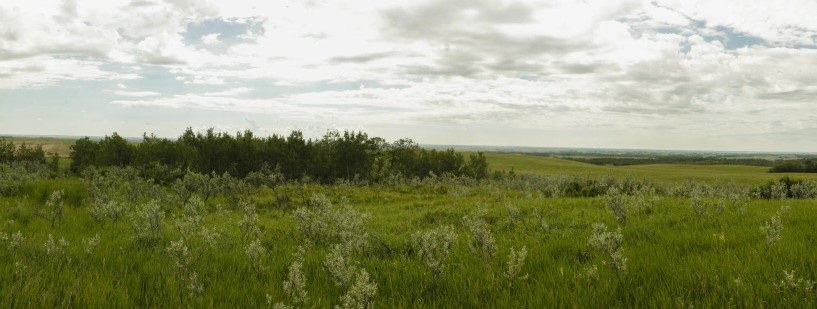
 The Flagstaff Region was also home to Canada’s largest meteorite. Listed as weighing between 320 and 385 pounds, and measuring 50 to 60 cm in diameter, the Iron Creek Meteorite was located on a hilltop known as Strawstack Hill near the Iron Creek. The four-billion-year-old meteorite, also known as the Manitou Stone, consists mostly of pure iron. Early explorers noted that the ancient meteorite had great significance for the Indigenous in the region. Cree and Blackfoot made pilgrimages to it before bison hunts. The area around it became a gathering place for ceremonies. Tribal elders recognized its immense spiritual power, and felt it protected the people. The meteorite was removed sometime prior to 1869 by Methodist missionaries and placed at the Fort Victoria Mission near present-day Smoky Lake. After several relocations over the years, including Toronto, it is now housed in the Royal Alberta Museum in Edmonton.
The Flagstaff Region was also home to Canada’s largest meteorite. Listed as weighing between 320 and 385 pounds, and measuring 50 to 60 cm in diameter, the Iron Creek Meteorite was located on a hilltop known as Strawstack Hill near the Iron Creek. The four-billion-year-old meteorite, also known as the Manitou Stone, consists mostly of pure iron. Early explorers noted that the ancient meteorite had great significance for the Indigenous in the region. Cree and Blackfoot made pilgrimages to it before bison hunts. The area around it became a gathering place for ceremonies. Tribal elders recognized its immense spiritual power, and felt it protected the people. The meteorite was removed sometime prior to 1869 by Methodist missionaries and placed at the Fort Victoria Mission near present-day Smoky Lake. After several relocations over the years, including Toronto, it is now housed in the Royal Alberta Museum in Edmonton.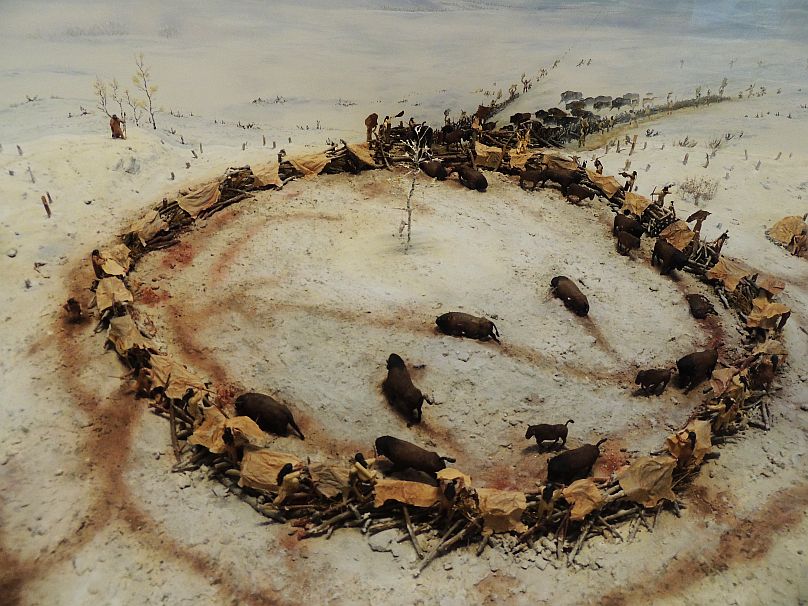 An archeological wonder, the Hardisty Bison Pound was discovered on the eastern edge of our County. Bison pounds were used as a common form of hunting on the Plains. Bison would have been herded into an enclosure (consisting of distinct landforms and a fence) to be slaughtered. In the case of the Hardisty Bison Pound, the Battle River valley and the surrounding hills combined to serve as a funnel for bison herds. Between 2008 and 2014, five separate archeological excavations took place at the Hardisty Bison Pound and an adjacent campsite. These two sites, located across the Battle River east of Hardisty, were excavated when discovered during construction at the Hardisty Terminal. Dates obtained from the site show that the latest and most intense occupation took place between 1,200 and 800 years ago. The site is of great interest because of the numerous rare artifacts present. There were 45,000 artifacts excavated, catalogued and stored at the Royal Alberta Museum from this find.
An archeological wonder, the Hardisty Bison Pound was discovered on the eastern edge of our County. Bison pounds were used as a common form of hunting on the Plains. Bison would have been herded into an enclosure (consisting of distinct landforms and a fence) to be slaughtered. In the case of the Hardisty Bison Pound, the Battle River valley and the surrounding hills combined to serve as a funnel for bison herds. Between 2008 and 2014, five separate archeological excavations took place at the Hardisty Bison Pound and an adjacent campsite. These two sites, located across the Battle River east of Hardisty, were excavated when discovered during construction at the Hardisty Terminal. Dates obtained from the site show that the latest and most intense occupation took place between 1,200 and 800 years ago. The site is of great interest because of the numerous rare artifacts present. There were 45,000 artifacts excavated, catalogued and stored at the Royal Alberta Museum from this find.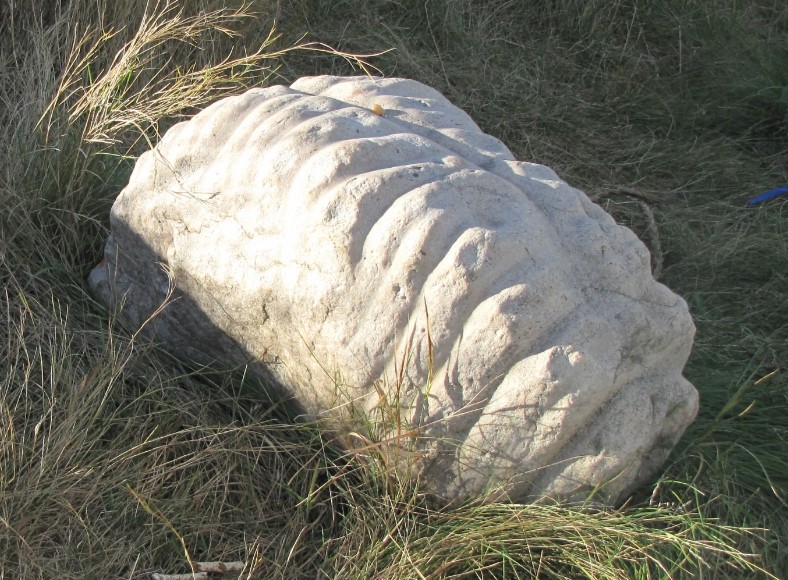 Located on the highest hilltop 15 miles to the northwest of Strawstack Hill south of Highway 14, are two quartzite boulders known as the Viking Ribstones. The ribstones were carved by ancient Indigenous people as a monument to Old Man Buffalo, the spirit protector of the buffalo herds. Indigenous people left offerings at ribstones for good luck in hunting and to give thanks for a successful hunt. Today, their descendants continue this practice with offerings of tobacco. Ribstone sites are very rare – only nine have been found in Alberta. The Viking Ribstones are especially significant as they are still in their original setting.
Located on the highest hilltop 15 miles to the northwest of Strawstack Hill south of Highway 14, are two quartzite boulders known as the Viking Ribstones. The ribstones were carved by ancient Indigenous people as a monument to Old Man Buffalo, the spirit protector of the buffalo herds. Indigenous people left offerings at ribstones for good luck in hunting and to give thanks for a successful hunt. Today, their descendants continue this practice with offerings of tobacco. Ribstone sites are very rare – only nine have been found in Alberta. The Viking Ribstones are especially significant as they are still in their original setting.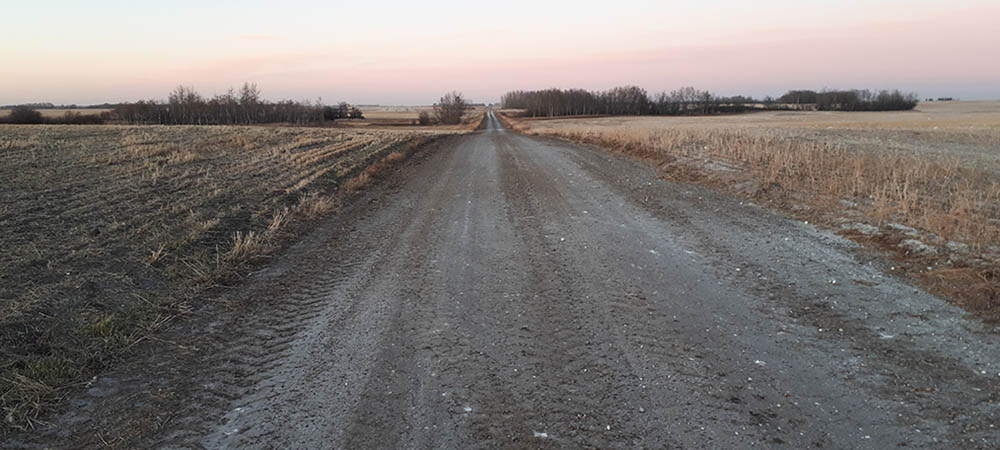
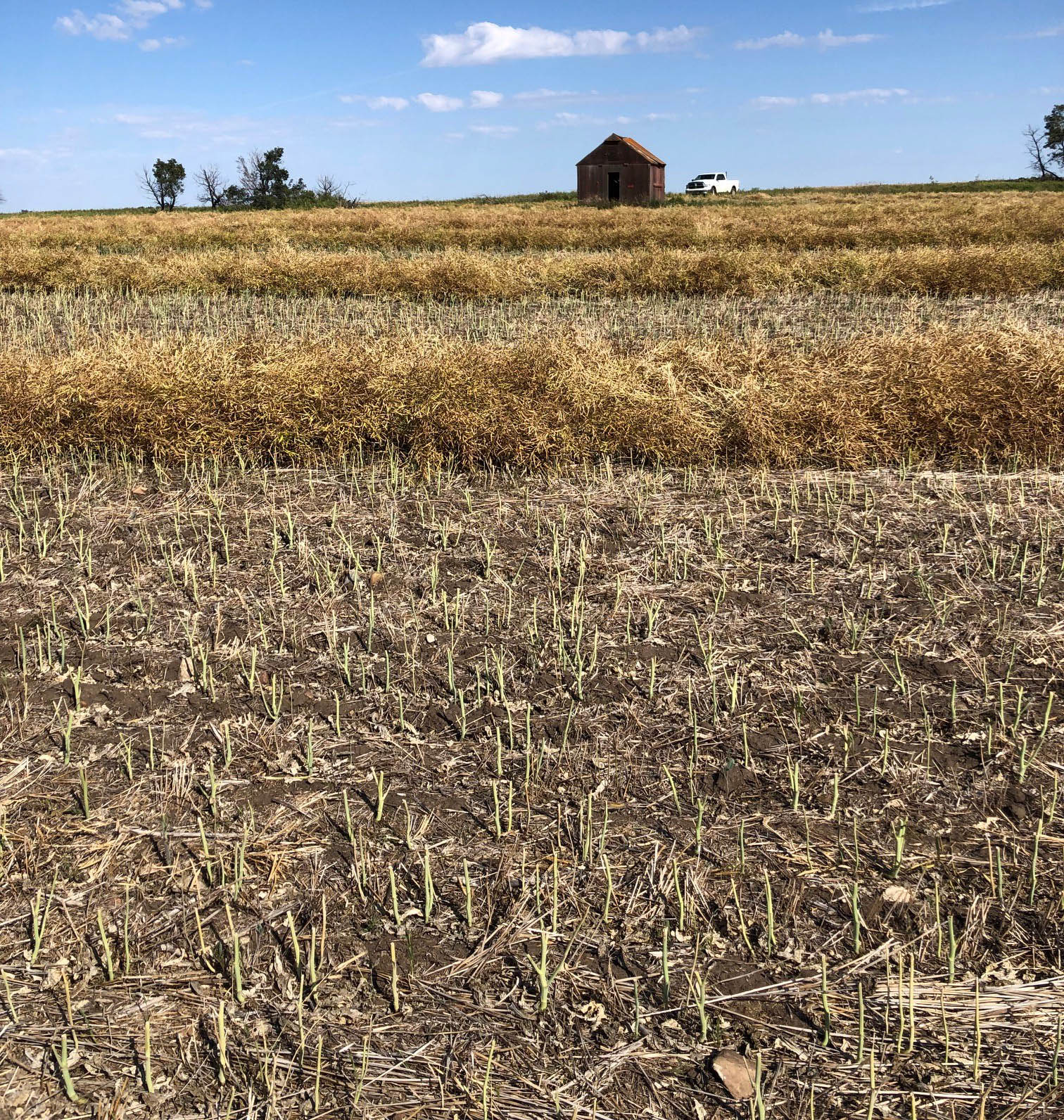 By Harry Brook
By Harry Brook
